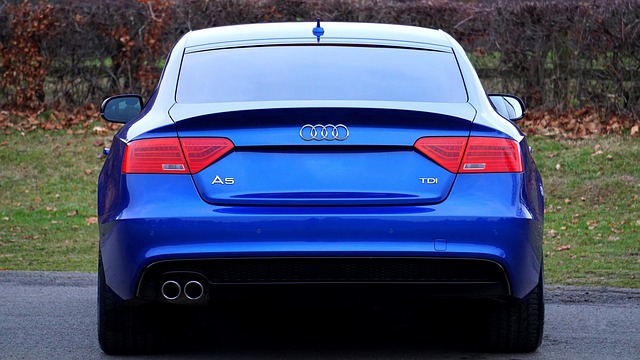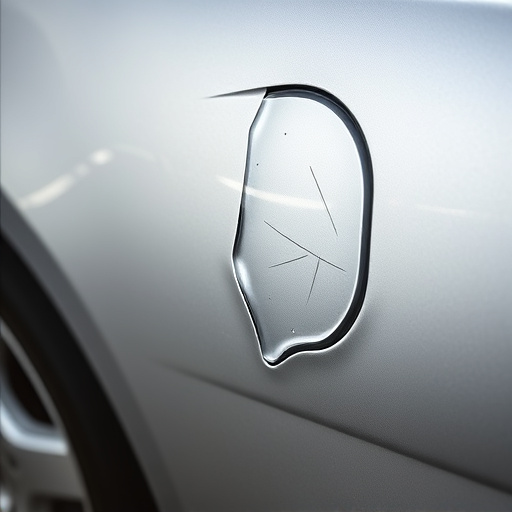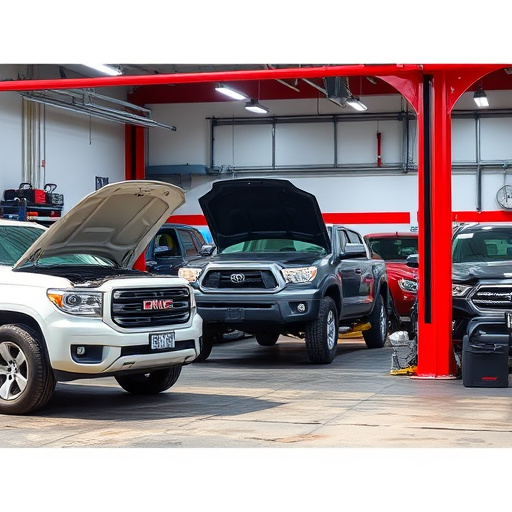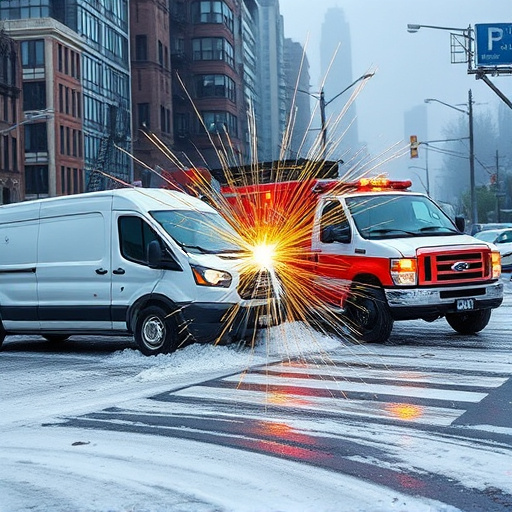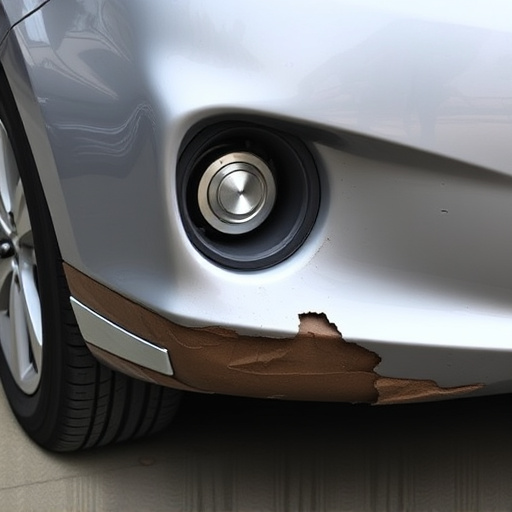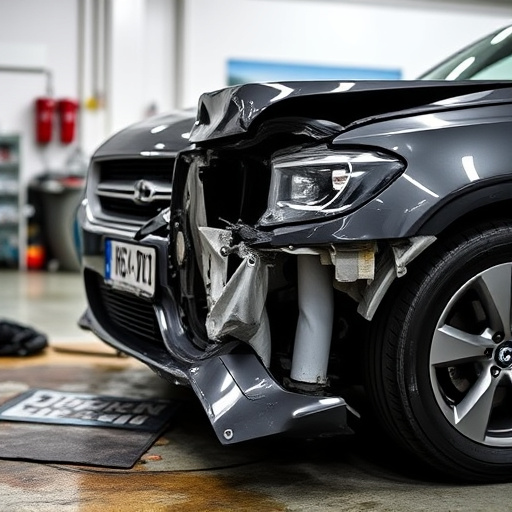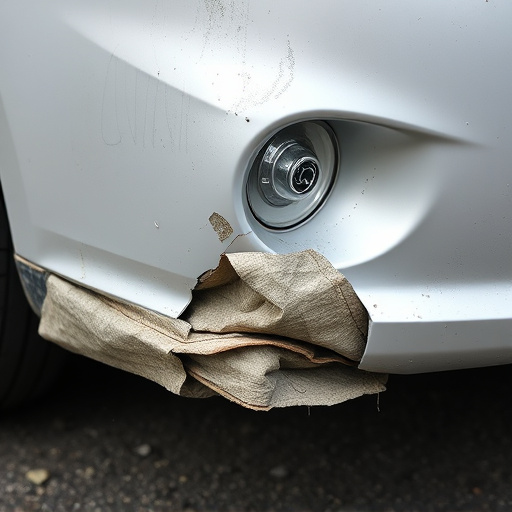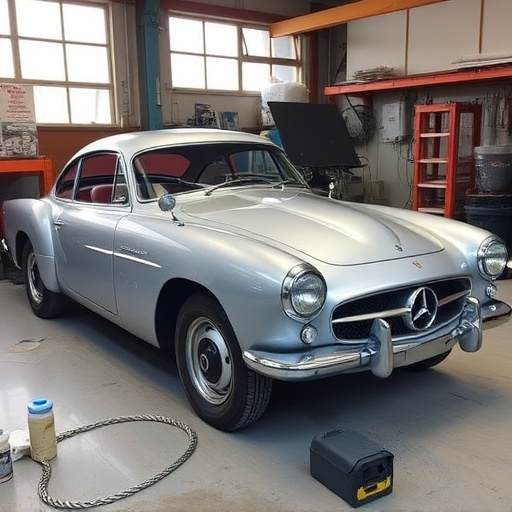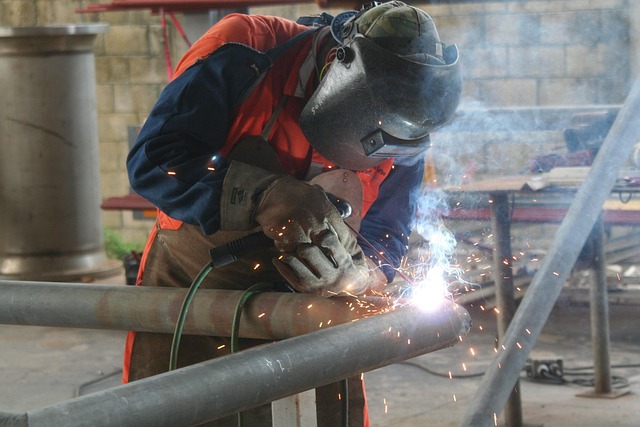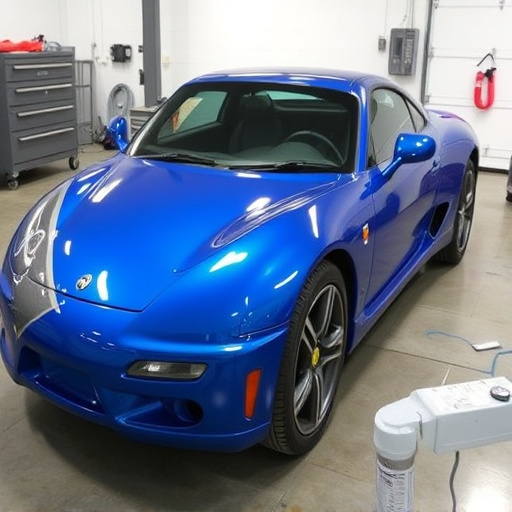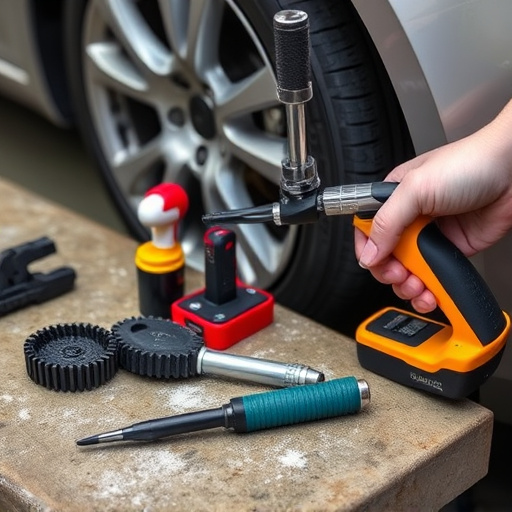PDR quality standards are all-encompassing guidelines for paintless dent removal, ensuring auto glass repair professionals achieve factory-like finishes. Adherence to these standards is crucial for success in the automotive industry, streamlining repairs through standardized procedures and regular technician training. By prioritizing safety, structured work environments, and continuous learning, businesses can deliver top-tier service, build client trust, and maintain a robust reputation.
“New to the world of PDR (Paintless Dent Repair) and eager to master quality standards? This comprehensive guide is your perfect starting point. We’ll unravel the intricacies of PDR quality standards, breaking down complex concepts into easy-to-understand segments. From grasping the fundamental principles to exploring key assurance components and practical implementation tips, this article equips beginners with the knowledge to ensure top-tier PDR services. Elevate your skills and stay ahead with our expert insights on achieving and maintaining exceptional PDR quality standards.”
- Understanding PDR Quality Standards: A Comprehensive Overview
- Key Components of PDR Quality Assurance and Control
- Implementing and Maintaining PDR Quality Standards: Best Practices for Beginners
Understanding PDR Quality Standards: A Comprehensive Overview
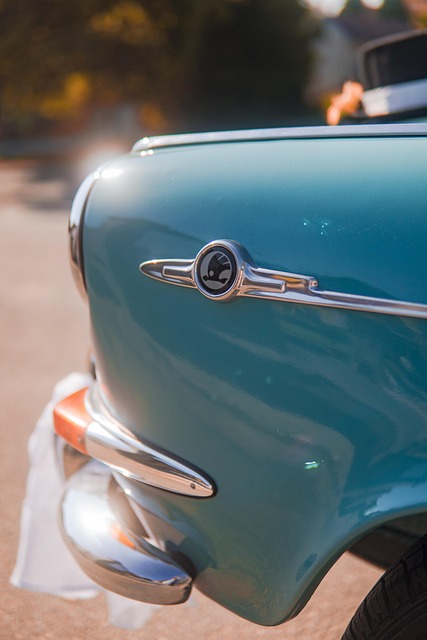
PDR quality standards are a set of guidelines designed to ensure consistent and high-quality outcomes in paintless dent removal (PDR) auto body services. These standards cover every aspect of the process, from pre-inspection and preparation to post-completion checks. The primary focus is on achieving flawless results that match the vehicle’s original factory finish, ensuring both aesthetic appeal and long-term durability.
Understanding these quality standards is crucial for professionals in the auto glass repair and dent removal industry. It involves precise techniques for removing dents without damaging the paint or surrounding panels, meticulous use of tools to avoid marring or scratching the surface, and adherence to strict safety protocols. By upholding these standards, PDR specialists can provide top-notch auto body services that preserve the vehicle’s value and appearance.
Key Components of PDR Quality Assurance and Control
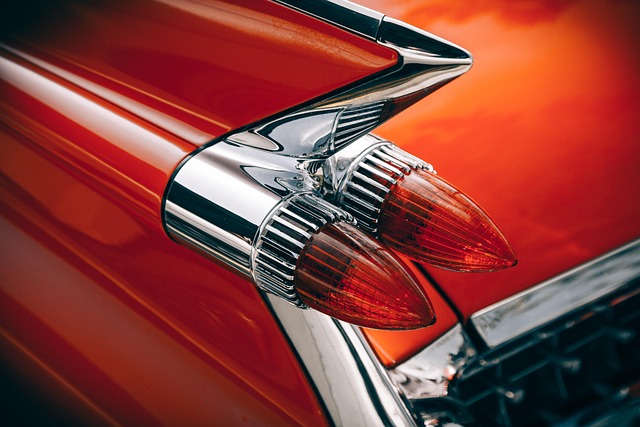
The foundation of any successful auto dent repair or car body repair business lies in its adherence to robust PDR quality assurance and control measures. These key components ensure that every auto body work performed meets the highest standards, delivering exceptional results to customers. Firstly, standardized operating procedures are paramount. Every step of the repair process should be clearly defined, from initial assessment to final inspection, ensuring consistency and reducing human error.
Secondly, training and certification of technicians are vital. Keeping up with the latest PDR techniques and tools through regular workshops and seminars ensures that staff are equipped to handle even complex car body work effectively. Quality control inspections at every stage of repair further safeguard against subpar workmanship. By integrating these essential practices, auto dent repair businesses can consistently deliver top-tier service, fostering customer satisfaction and building a solid reputation in the industry.
Implementing and Maintaining PDR Quality Standards: Best Practices for Beginners
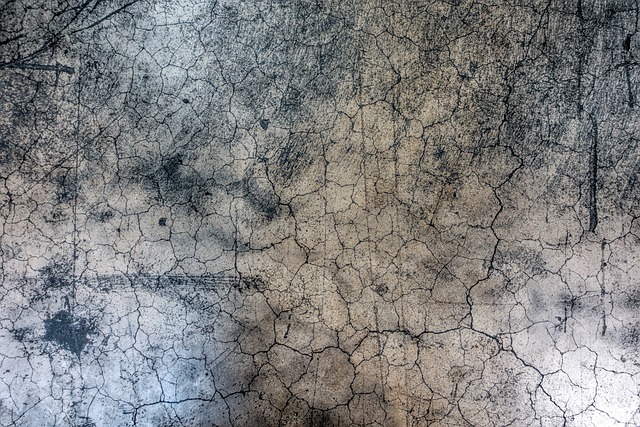
Implementing and maintaining PDR quality standards is a crucial step for any beginner in the automotive industry, specifically those delving into auto maintenance or automotive collision repair. The process begins with understanding the core principles of Professional Detailing and Repair (PDR) and its significance in vehicle body repair. This involves acquiring knowledge about various techniques, tools, and materials used to restore cars to their pre-accident condition while ensuring precision and safety.
Best practices for beginners include creating a structured work environment, adhering to manufacturer guidelines, and regularly updating skills. Regular training sessions and staying updated with industry trends are essential for maintaining high standards. Additionally, implementing quality control measures such as regular inspections and using reference materials can help ensure consistent outcomes. These practices not only enhance the quality of auto maintenance services but also build trust among clients who value meticulous vehicle body repair.
PDR quality standards are essential for ensuring vehicle finishes meet high levels of precision and aesthetics. By understanding these standards, implementing best practices from initial installation to ongoing maintenance, beginners can achieve professional-level results. Key components like proper training, meticulous techniques, and regular quality assurance checks are pivotal. Following these guidelines will not only enhance the overall look of painted surfaces but also foster a culture of excellence in PDR services.
